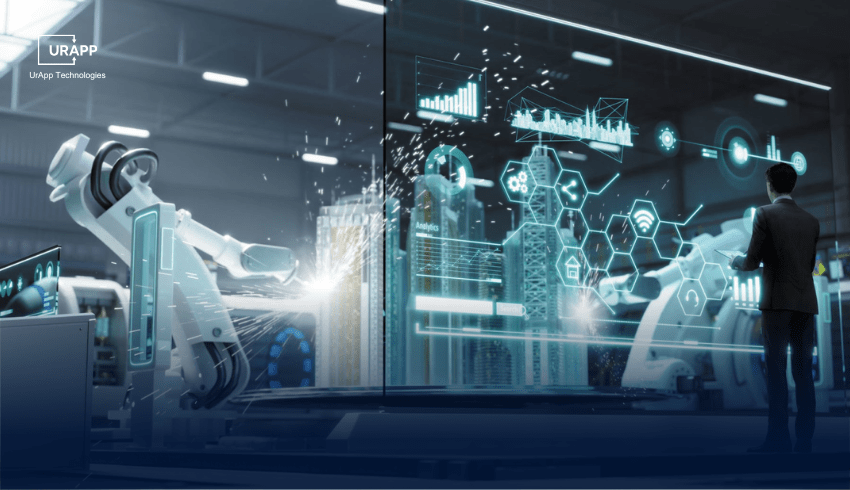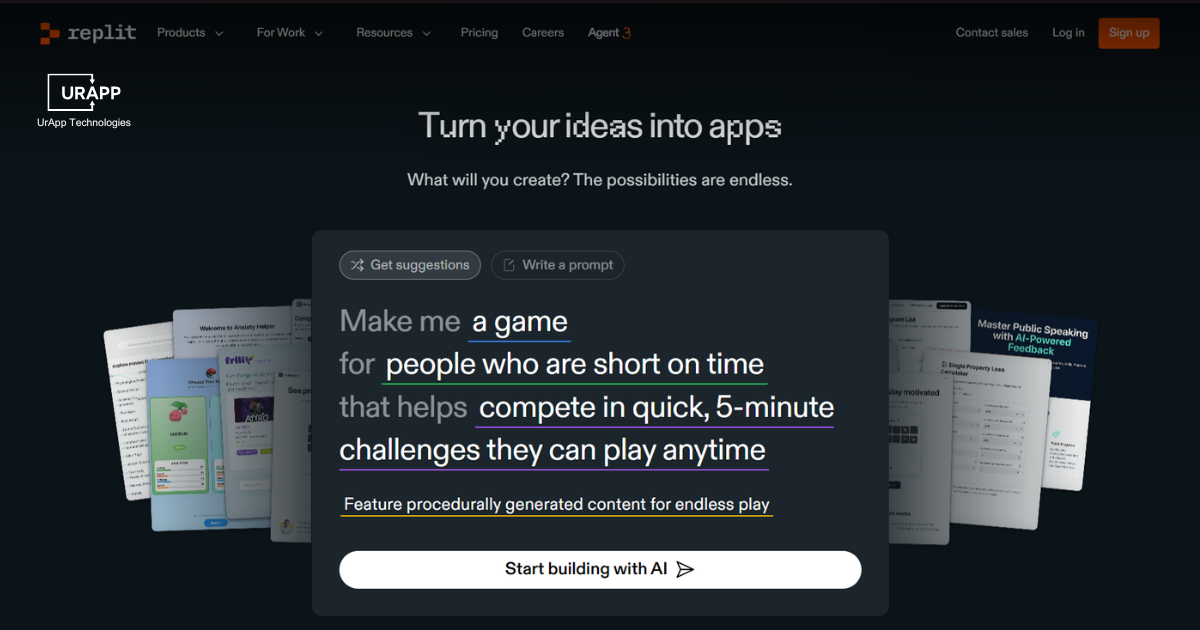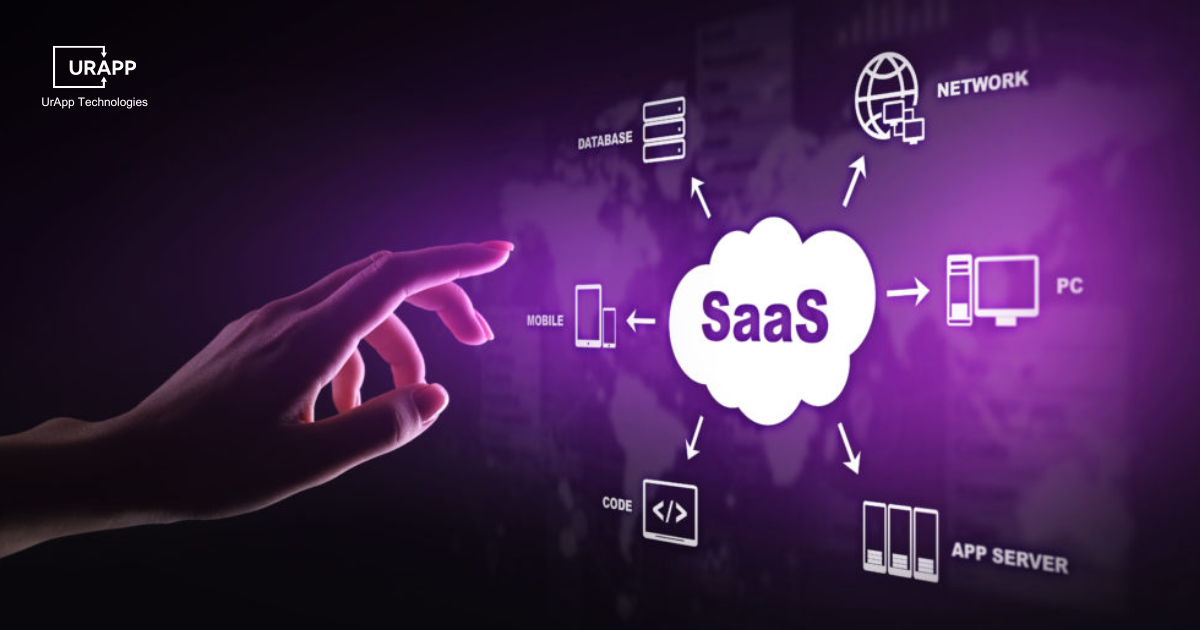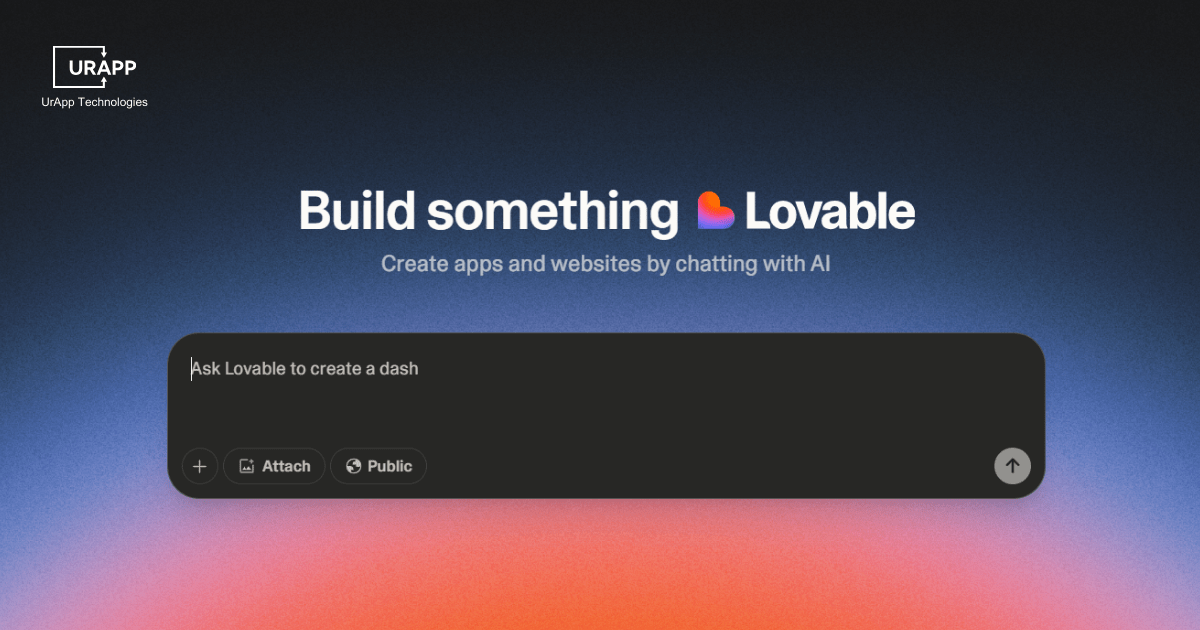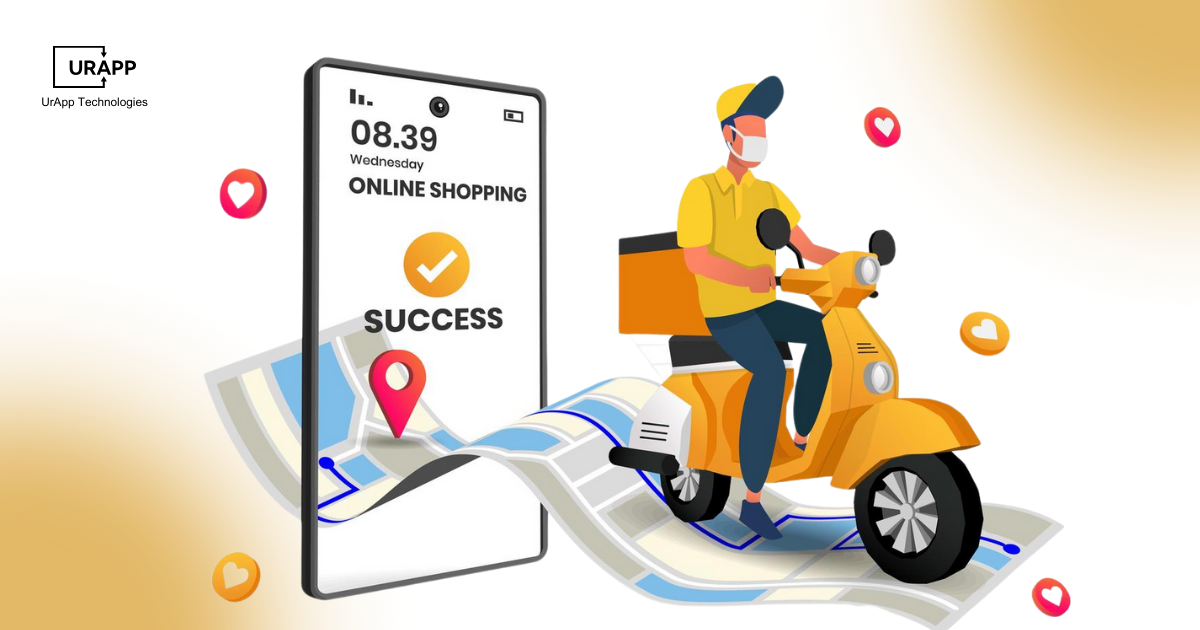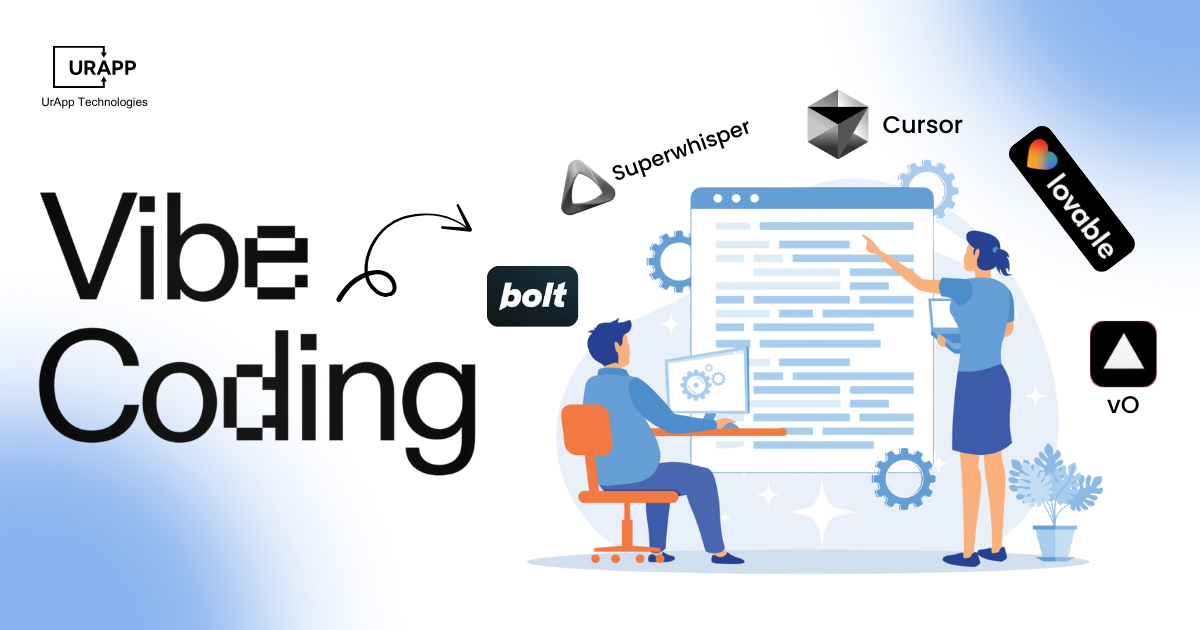Real-Time AI Monitoring in Manufacturing
Real-time AI monitoring in manufacturing uses advanced artificial intelligence to collect and analyze data from machines, sensors, and production lines as it happens. This continuous monitoring allows manufacturers to track equipment performance, environmental conditions, and product quality in real time. By identifying trends, inefficiencies, and potential issues early, AI enables predictive maintenance, reduces unplanned downtime, and improves overall productivity. It also supports faster, data-driven decision-making and transforms traditional manufacturing into a more intelligent, efficient, and responsive system.
How AI Enhances Manufacturing Processes
AI is transforming manufacturing by increasing efficiency, improving product quality, and reducing operational costs. Through automation, predictive maintenance, and real-time data analysis, AI enables machines to adapt to changing conditions, reduces downtime by up to 50%, and allows workers to focus on higher-value tasks. Generative AI further enhances innovation by optimizing design, processes, and supply chains, leading to smarter, more sustainable manufacturing operations.
Boosting Efficiency and Productivity
- Automated Tasks: AI takes over repetitive jobs, speeding up production and reducing human errors.
- Proactive Maintenance: It anticipates when machines will need maintenance, preventing unexpected breakdowns and costly downtime.
Enhancing Product Quality
- Instant Defect Detection: AI vision systems can spot flaws in products in real-time, ensuring consistent high quality.
- Data-Driven Issue Identification: It sifts through vast amounts of data to find patterns that might signal quality problems.
Improving Sustainability
- Waste Reduction: AI optimizes resource use, helping factories produce less waste and reduce their environmental footprint.
- Energy Optimization: It fine-tunes energy consumption based on data, leading to lower energy bills and a smaller carbon footprint.
Streamlining the Supply Chain
- Optimized Inventory: AI helps manage stock levels more effectively, preventing overstocking or shortages.
- Efficient Logistics: It improves the flow of goods, making the entire supply chain more efficient.
Other Big Wins
- Spot-On Planning: AI can predict what customers will want, helping factories plan production much more accurately.
- Better Decisions: It crunches huge amounts of data to give you insights that lead to smarter business choices.
The Value of Software for Real-Time Manufacturing Tracking
Implementing AI monitoring requires the use of real-time manufacturing tracking tools. This program collects and evaluates data from multiple sources to give manufacturers insightful information. Real-time production tracking software's key features include:
Data visualization Growing Attention to Sustainability
- Sustainability will be a top priority for manufacturers. Real-Time AI Monitoring in Manufacturing will open the path for an improved future by helping in the detection of waste and energy reduction possibilities.
- Dashboards offer up-to-date information in an intuitive manner. This visualization helps operators and managers quickly assess performance.
Alerts and notifications
- The software sends alerts when specific thresholds are met or exceeded. This feature enables prompt action to address issues.
Integration capabilities
- ERP and MES are two examples of current systems that real-time tracking software can interface with. The smooth movement of data throughout the company is guaranteed by this integration.
- Businesses can efficiently use AI by utilizing real-time manufacturing tracking tools. It promotes overall operational efficiency and decision-making.
Real-Time AI Monitoring's Advantages for Manufacturing
AI is revolutionizing manufacturing by making factories smarter and more efficient. It automates repetitive tasks to speed up production and reduce errors, predicts exactly when machines need repair to prevent costly breakdowns, and monitors product quality in real-time to catch defects early. Additionally, AI optimizes supply chains for better inventory management and faster deliveries, and helps factories become more sustainable by cutting waste and saving energy. With AI employee monitoring, manufacturers can also track workforce productivity, ensure safety compliance, and streamline human resource operations, further boosting overall operational efficiency.
Enhanced Productivity
- AI monitoring in real time makes sure that machines are running at their best, which boosts productivity. Inefficiencies and bottlenecks can be found with the use of ongoing monitoring. High production rates can be maintained by manufacturers by quickly resolving these problems.
Reduced Downtime
- Predictive maintenance capabilities significantly reduce unplanned downtime. AI systems analyze equipment performance data to predict failures before they occur. This proactive approach allows manufacturers to schedule maintenance during non-productive hours, minimizing disruptions.
Improved Quality Control
- Real-time product quality monitoring allows producers to spot flaws early in the manufacturing process. AI programs are able to recognize patterns in data from quality control checks. This feature reduces waste and raises the quality of the final output by enabling immediate correction.
Data-Driven Decision Making
- AI monitoring in real time gives manufacturers useful information. Making decisions based on data results in better decisions about inventory control, resource allocation and manufacturing procedures. This strategy improves overall operational effectiveness.
Cost Savings
- Real-time AI monitoring helps save a lot of money by increasing quality control, decreasing downtime and increasing productivity. Profit margins can rise as a result of manufacturers operating more efficiently.
Current Trends in Real-Time AI Monitoring
The world of real-time AI monitoring in manufacturing continues to evolve. Several trends shape the future of this technology:
Increased Adoption of IoT Devices
- The Internet of Things (IoT) plays a vital role in real-time AI monitoring. Manufacturers increasingly adopt IoT devices to collect data from machines and equipment. These devices provide valuable insights that drive operational improvements.
Growth of Predictive Analytics
- The use of predictive analytics in manufacturing is growing. AI programs use past data to forecast future events. Manufacturers can use this capability to make proactive decisions about resource allocation, manufacturing schedules and maintenance.
Industry 4.0 integration
- AI monitoring in real time is consistent with Industry 4.0. This movement places heavily on building linked manufacturing environments through the use of smart technologies. AI monitoring systems help create smart factories that increase production and efficiency.
Pay Attention to Sustainability
- Manufacturers are giving sustainability a higher priority in their business operations. AI monitoring in real time assists in pinpointing areas where waste reduction and energy consumption need to be improved. Manufacturers can accomplish their sustainability objectives by streamlining their operations.
Development Process of Real-Time AI Monitoring Systems
Building a real-time AI monitoring system starts with defining clear goals for manufacturers. It then involves collecting and preparing data from the factory, followed by applying AI algorithms to uncover useful insights. These insights are presented through user-friendly interfaces. After rigorous testing to ensure accuracy, the system is implemented, with users receiving necessary training and ongoing support for effective use.

Identify Objectives
- Determining the goals is the first stage in creating a real-time AI monitoring technology. The goals of AI monitoring must be decided by the manufacturers. Increasing productivity, decreasing downtime and strengthening quality control are typical goals.
Gathering Information
- Data collection is necessary to manage AI successfully. Manufacturers need to collect data from a range of sources, including production lines, sensors and equipment. On the basis of this data, analysis and decisions are made.
Processing Data
- Data must be processed for analysis after it has been gathered. To guarantee correctness, this phase entails organizing and cleansing the data. Advanced algorithms are used to extract relevant information from the data.
Put AI Algorithms into Practice
- AI algorithms are used to analyze the processed data. These algorithms can identify trends, patterns and abnormalities. The data generated helps producers in making decisions.
Develop User Interfaces
- User interfaces are designed to show managers and operators facts and insights. Dashboards should have a pleasing appearance and be easy to use. Good user interfaces make real-time AI monitoring systems easier to use.
Validation and Testing
- Systems for real-time AI monitoring undergo extensive testing and certification prior to deployment. It is the makers' responsibility to make sure the systems work as planned and deliver correct data. This phase is important to the credibility of the technology.
Training and Deployment
- The AI monitoring system is implemented in a manufacturing setting after testing. Training sessions are held to make sure managers and operators know how to operate the system efficiently. Sustained assistance is necessary for effective implementation.
Real-time AI monitoring technologies
Real-time AI monitoring in manufacturing relies on AI algorithms to analyze data, powered by IoT devices for continuous data collection. Big Data Analytics handles the massive information flow, while cloud computing provides scalable infrastructure. Finally, Machine Learning continuously refines the system's accuracy, making predictions and insights increasingly precise.
Artificial Intelligence
- Real time manufacturing tracking software is based on AI algorithms. These algorithms examine information, spot trends and offer insights that influence choices.
The Internet of Things
- IoT devices collect data from machinery and equipment in real time. These devices facilitate the smooth flow of data, allowing producers to continuously assess performance.
Big Data Analytics
- Tools for big data analytics handle vast amounts of data produced in manufacturing settings. These tools aid in the extraction of useful insights from complex datasets.
Cloud Computing
- Cloud computing allows manufacturers to process and retain data efficiently. This technology's scalability and adaptability allow manufacturers to adapt to changing demands.
Machine Learning
- As more data is analyzed, machine learning algorithms get better over time. The predictions and insights produced by real time manufacturing tracking software are more accurate because of these algorithms.
Problems with Putting Real-Time AI Monitoring Into Practice
Implementing real-time AI monitoring in manufacturing comes with its own set of hurdles. Key challenges include ensuring data security for sensitive information, smoothly integrating new AI systems with a factory's existing, often older, equipment, and addressing the skill gap by finding or training workers with the necessary AI and data expertise. Additionally, manufacturers must weigh the high initial costs of these systems against their potential long-term benefits.
Issues with Data Security
- Data security becomes a major concern as manufacturers gather and examine sensitive data. Strong security measures must be put in place by organizations to guard against breaches and illegal access to data.
Integration with Existing Systems
- Integrating real time manufacturing tracking software with existing manufacturing systems can be complex. Manufacturers must ensure that new systems work seamlessly with legacy systems to avoid disruptions.
Skill Gaps
- Skilled workers are necessary for the effective deployment of Real-Time AI Monitoring in Manufacturing. It could be difficult for manufacturers to locate workers with the requisite AI and data analytics skills.
Cost of Implementation
- The early costs of installing real time manufacturing systems can be high. Manufacturers must carefully assess the return on investment to justify their expenditure.
The Future of Real-time AI Monitoring in Manufacturing
The future of real-time AI monitoring in manufacturing promises significant advancements, leading to more automated, efficient, and sustainable operations. This will involve more sophisticated AI features providing deeper insights and highly accurate predictions, alongside a greater adoption of autonomous systems for monitoring and decision-making with minimal human intervention. The ultimate vision is the widespread emergence of "smart factories" – interconnected production environments optimized by AI for maximum output and effectiveness, with a strong focus on sustainability through reduced waste and energy consumption.
Improved AI Features
- Artificial intelligence (AI) systems of the future will advance, offering more profound understanding and precise forecasts. Better operational efficiency and decision-making will result from this improvement.
Increased use of autonomous systems.
- More often, manufacturers will employ autonomous systems driven by AI for monitoring and decision-making. These technologies will allow for more efficient operations with less human interference.
Growth of Intelligent Factories
- The idea of "smart factories" will keep gaining popularity. AI monitoring in real time will be essential to building networked production settings that maximize output and effectiveness.
More Attention to Sustainability
- For manufacturers, sustainability is paramount. Real-time AI monitoring that helps identify opportunities for waste and energy reduction will lead to a more sustainable future.
Conclusion
Real-Time AI Monitoring in Manufacturing has changed business operations. This technology enhances productivity, decreases downtime and optimizes operations through advanced data analysis. By using real-time AI monitoring in manufacturing, producers can promote operational excellence and make educated decisions. Contact with UrApp Tech now to integrate real time manufacturing in your operations. We can help you achieve your operational goals with our expertise in AI solutions for small businesses.
